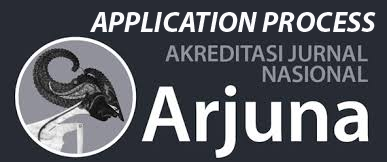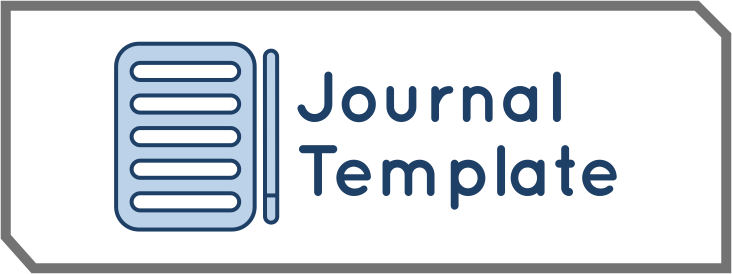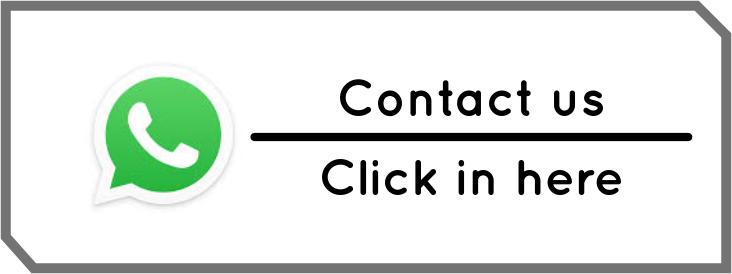Pengaruh Literasi Digital Terhadap Psikologi Anak Sekolah Dasar
DOI:
https://doi.org/10.55606/jpbb.v4i1.5671Keywords:
Digital, literacy, child, psychology, gadget-addictionAbstract
Digital literacy plays an important role in the psychological development of elementary school children, both from cognitive, social, and emotional aspects. This study aims to analyze the influence of digital literacy on child psychology by highlighting the positive and negative impacts it causes. The research method used is a literature review with reference to various previous studies on digital literacy and its development in children. The results of the study show that digital literacy can improve critical thinking skills, creativity, and expand children's social interactions. In addition, access to technology can also help children understand the world more broadly and increase empathy for social issues. However, excessive use of digital technology without adequate supervision can have negative impacts, such as addiction to gadgets, decreased social interaction, and impaired concentration in learning. Exposure to age-inappropriate content and the risk of cyberbullying are also threats to children's mental health. Therefore, an active role of parents, educators, and policymakers is needed in supervising and guiding children in using digital technology wisely. This study confirms that digital literacy has a complex impact on child psychology. With proper guidance and supervision, the benefits of digital literacy can be optimized, while the negative impact can be minimized. Therefore, a balanced approach in the application of digital literacy is needed to support the optimal development of children's psychology.
References
Gentile, D. A., Reimer, R. A., Nathanson, A. I., Walsh, D. A., & Eisenmann, J. C. (2014). Protective effects of parental monitoring of children’s media use: A prospective study. JAMA Pediatrics, 168(5), 479-484. https://doi.org/10.1001/jamapediatrics.2014.129
Gottschalk, F. (2019). Impacts of technology use on children: Exploring literature on the brain, cognition and well-being. OECD Education Working Papers. Retrieved from https://www.oecd.org/education/working-papers/
Krippendorff, K. (2018). Content analysis: An introduction to its methodology (4th ed.). Sage Publications.
Livingstone, S., & Helsper, E. (2007). Gradations in digital inclusion: Children, young people and the digital divide. New Media & Society, 9(4), 671-696. https://doi.org/10.1177/1461444807080335
Ng, W. (2012). Can we teach digital natives digital literacy? Computers & Education, 59(3), 1065-1078. https://doi.org/10.1016/j.compedu.2012.04.016
Orben, A., Dienlin, T., & Przybylski, A. K. (2019). Social media’s enduring effect on adolescent life satisfaction. Proceedings of the National Academy of Sciences, 116(21), 10226-10228. https://doi.org/10.1073/pnas.1902058116
Resti, R., Wati, R. A., Ma’Arif, S., & Syarifuddin, S. (2024). Pemanfaatan media pembelajaran berbasis teknologi sebagai alat untuk meningkatkan kemampuan literasi digital siswa sekolah dasar. Al-Madrasah: Jurnal Ilmiah Pendidikan Madrasah Ibtidaiyah, 8(3), 1145-1157. https://doi.org/10.1016/j.almadrasah.2024.03.014
Setiadi, F. M., Maryati, S., & Mubharokkh, A. S. (2024). Analisis dampak penggunaan gadget terhadap perkembangan psikologis dan keagamaan anak usia dini (TK dan SD) dalam perspektif pendidikan agama Islam. Muaddib: Islamic Education Journal, 7(1), 1-11. https://doi.org/10.1007/journal.muaddib.2024.01
Stéphane, C. (2015). Young children (0-8) and digital technology: A qualitative exploratory study across seven countries. Retrieved from https://www.researchgate.net/publication/290768300
Twenge, J. M., & Campbell, W. K. (2018). Associations between screen time and lower psychological well-being among children and adolescents: Evidence from a population-based study. Preventive Medicine Reports, 12, 271-283. https://doi.org/10.1016/j.pmedr.2018.01.010
Downloads
Published
How to Cite
Issue
Section
License
Copyright (c) 2025 Jurnal Pendidikan, Bahasa dan Budaya

This work is licensed under a Creative Commons Attribution-ShareAlike 4.0 International License.








